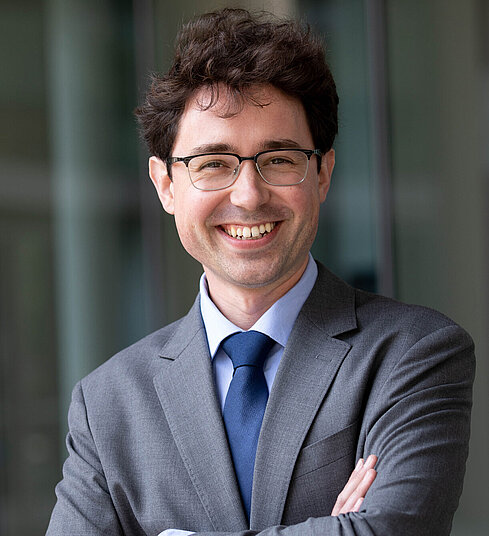2018 Finalist Tomasz Nowakowski, Ph.D. University of California San Francisco

Tomasz Nowakowski grew up in Poland, before moving to the UK where he graduated from the University of Edinburgh. As a Wellcome Trust Ph.D. student, he worked with David Price to study brain development. He moved to San Francisco to the Eli and Edythe Broad Center for Regeneration Medicine and Stem Cell Research to pursue postdoctoral training with Arnold Kriegstein. Together with fellow postdocs Alex Pollen and Aparna Bhaduri, he participates in the BRAIN Initiative Cell Census Network to classify cell types in the developing brain using single cell analyses. He is now an Assistant Professor at UCSF and his laboratory combines high-throughput systems biology approaches to interrogate developmental processes underlying cell type specification and circuit formation.
Developmental Blueprint for Human Cortical Areas
The human cerebral cortex contains billions of neurons distributed across dozens of functional areas. This astonishing diversity emerges from an apparently uniform neuroepithelium according to inherited neurodevelopmental instructions. The basic processes of neurogenesis, radial migration, and columnar organization of excitatory neurons are similar across cortical areas. It has been unclear whether cortical area specification is intrinsically pre-programmed or emerges in response to sensory experience. Tomasz Nowakowski leveraged single cell sequencing to compare cells of the same type in different layers and areas of the developing neocortex. These studies revealed an unexpected diversity of neural stem cells, suggesting that the neurodevelopmental instructions underlying the cortical minicolumn formation in humans may be more complex than previously appreciated. Moreover, excitatory cortical neurons were found to retain a strong signature of their spatial position, with distinct cell types emerging in frontal and occipital lobes before sensory experience. In contrast, molecular signatures of cortical layers do not emerge at these early stages of development, underscoring the importance of cell types rather than layers, in the cortical microcircuit organization. These observations could have important implications for modeling cortical function. In his future work, Tomasz Nowakowski and his research team seek to identify the molecular mechanisms underlying cell fate specification and microcircuit formation in the developing cerebral cortex, and the susceptibility of these processes to disease-causing mutations.
For Tomasz Nowakowski's full essay, see Science online at sciencemag.org.
